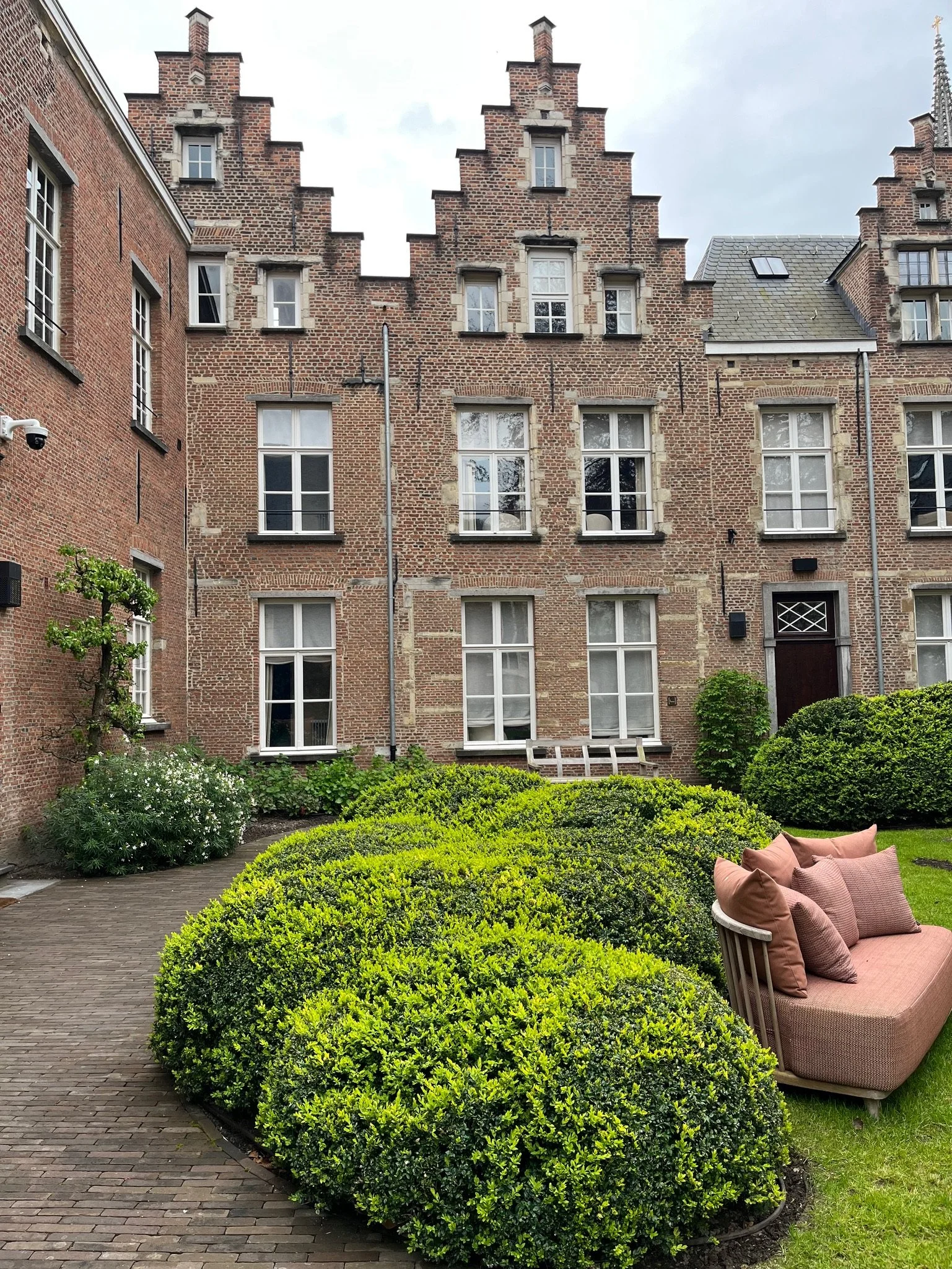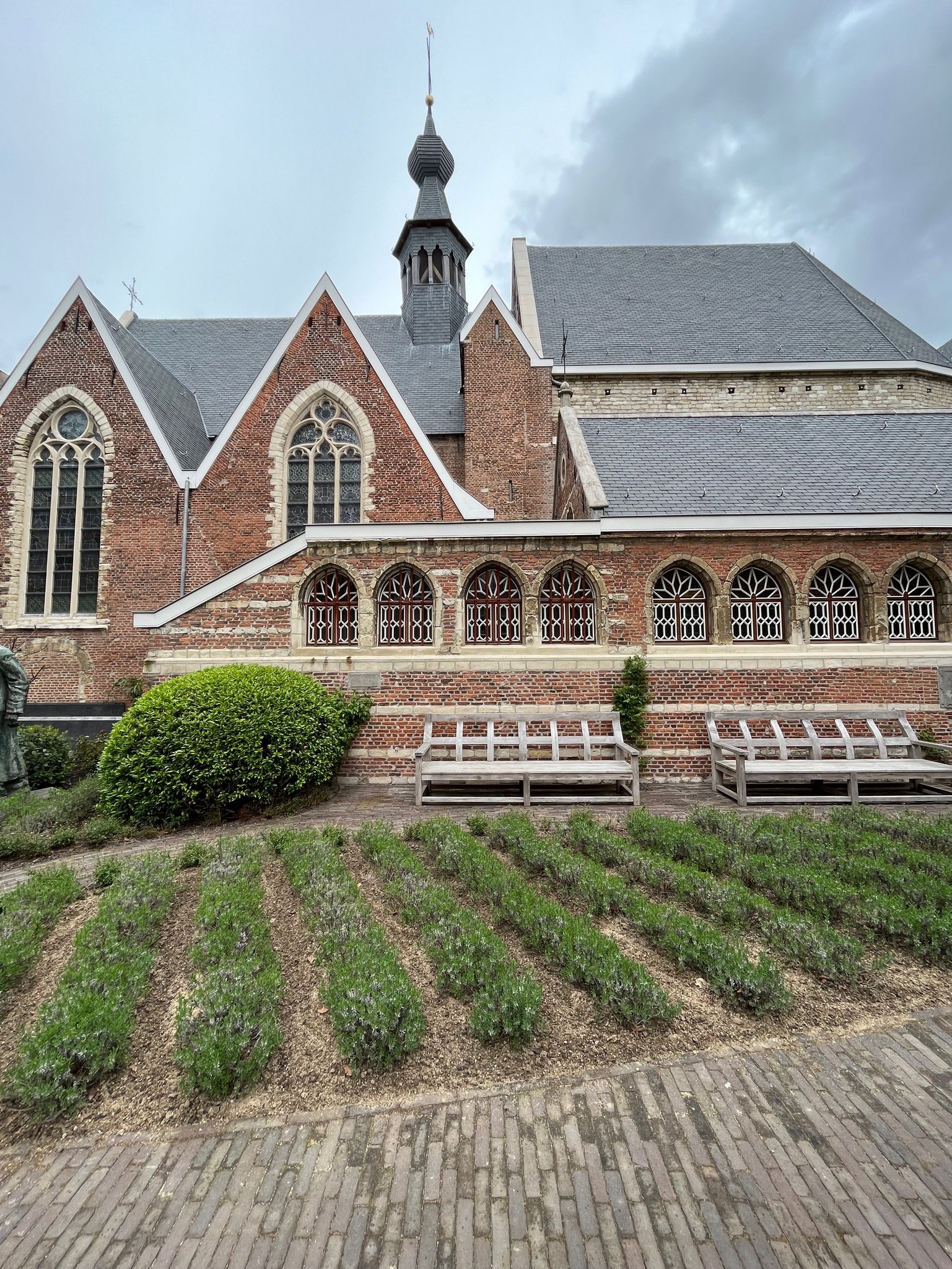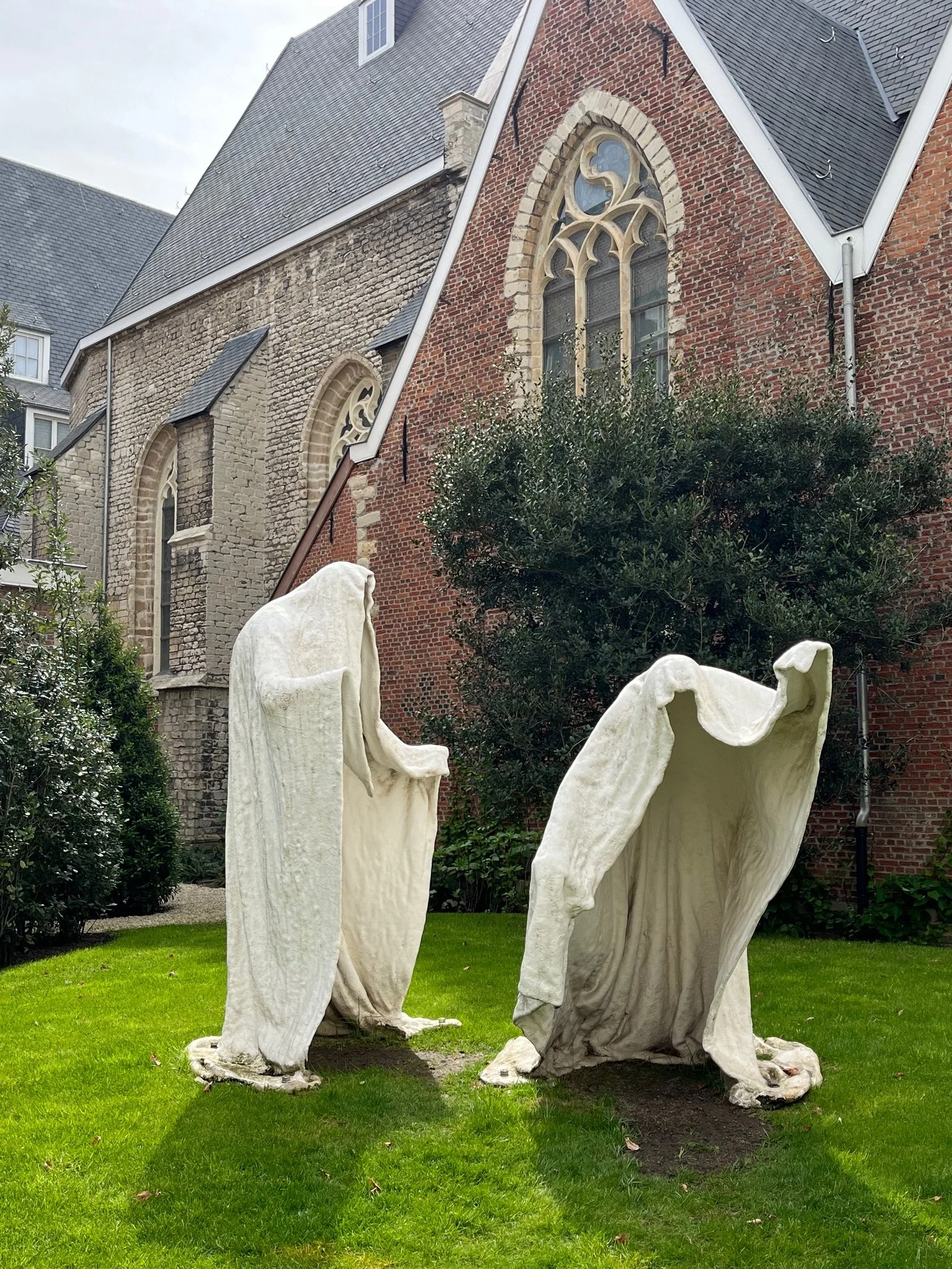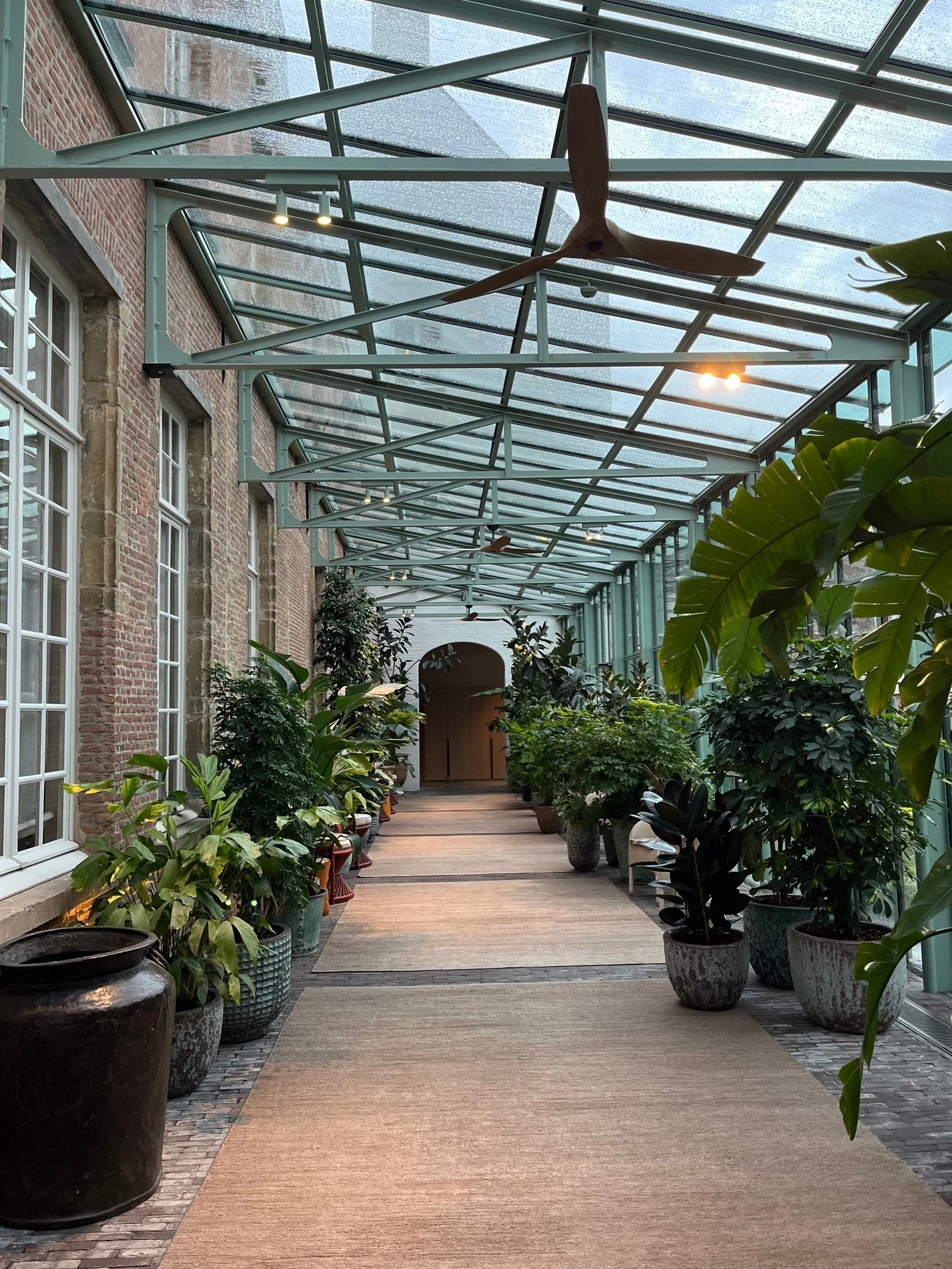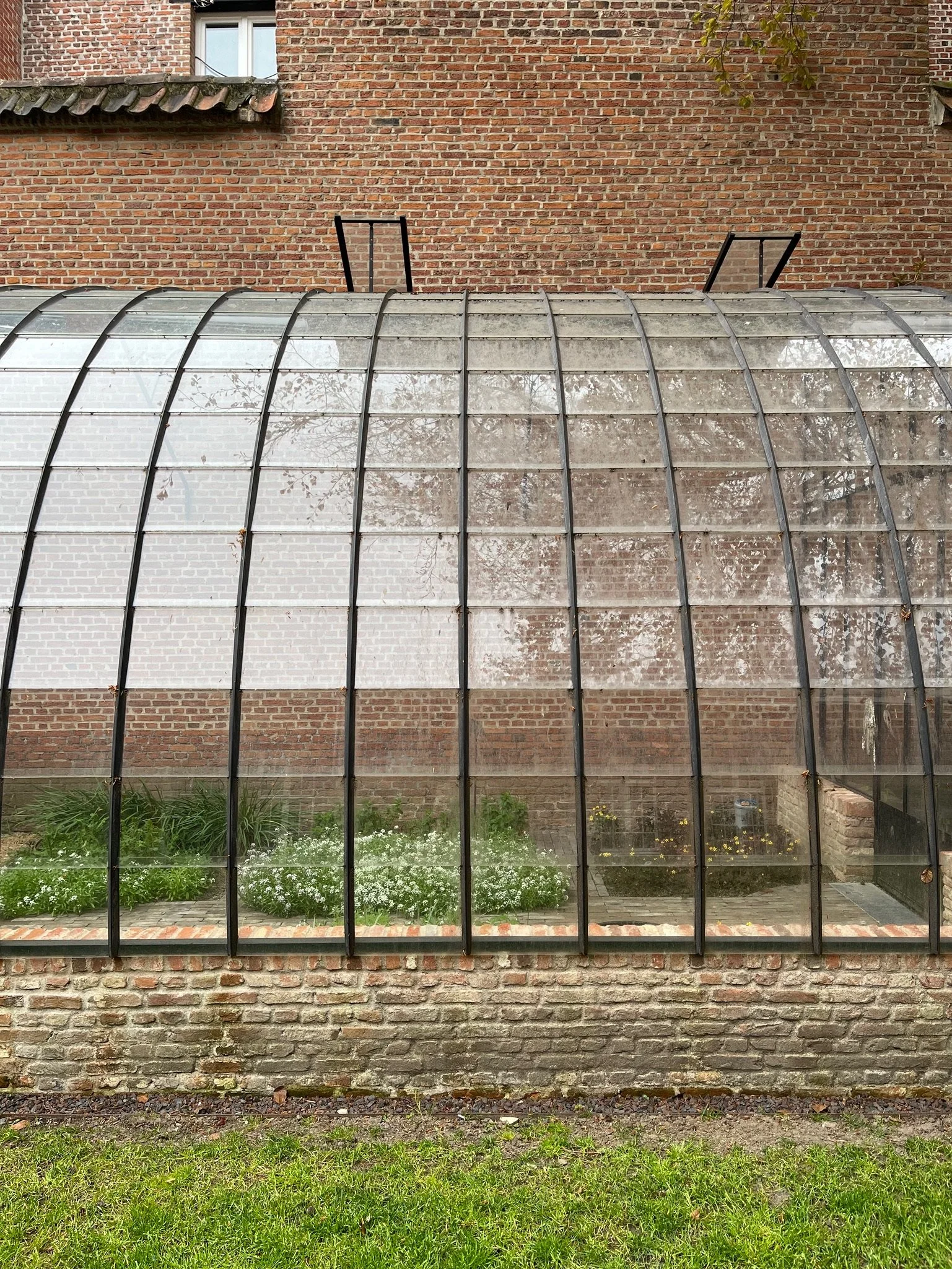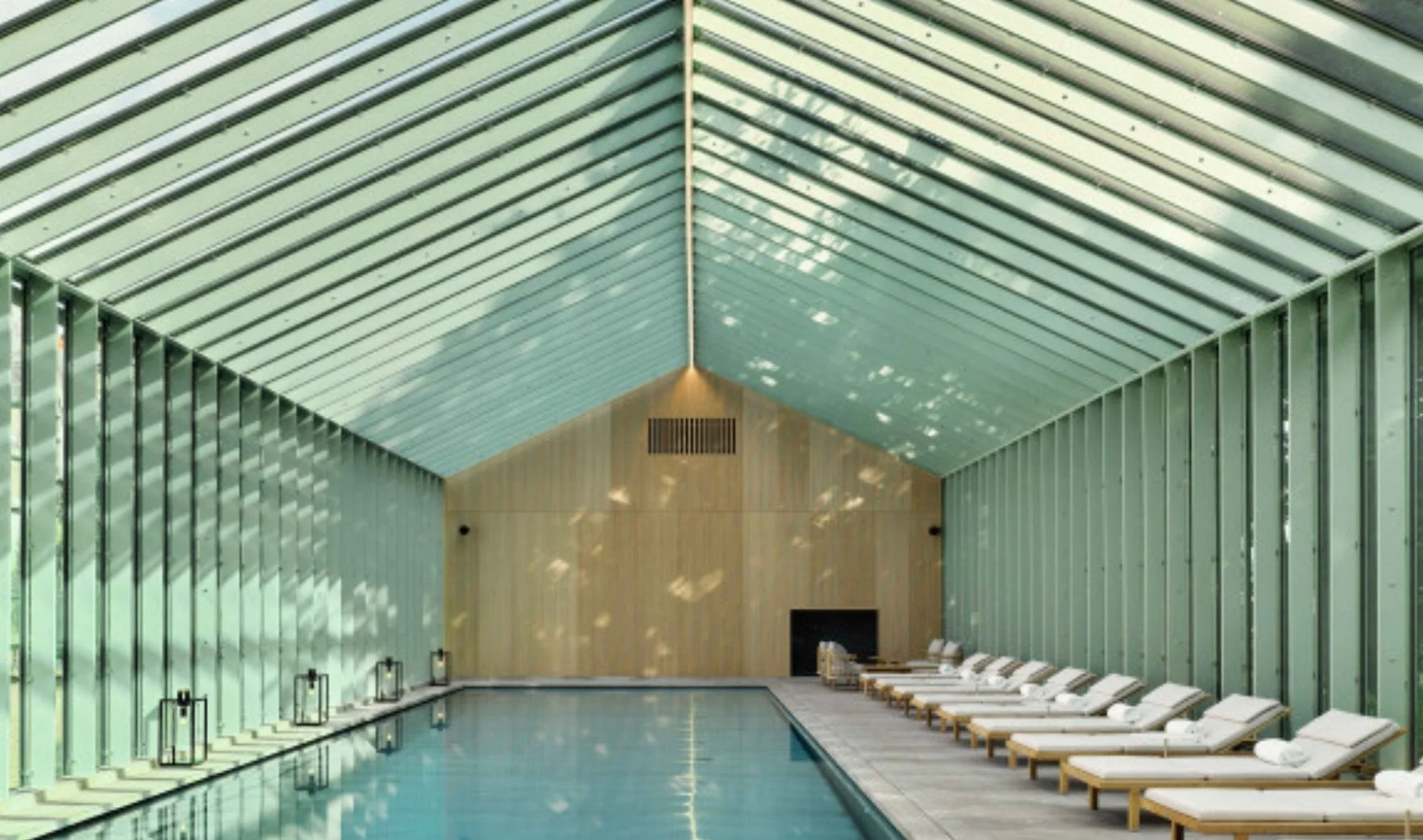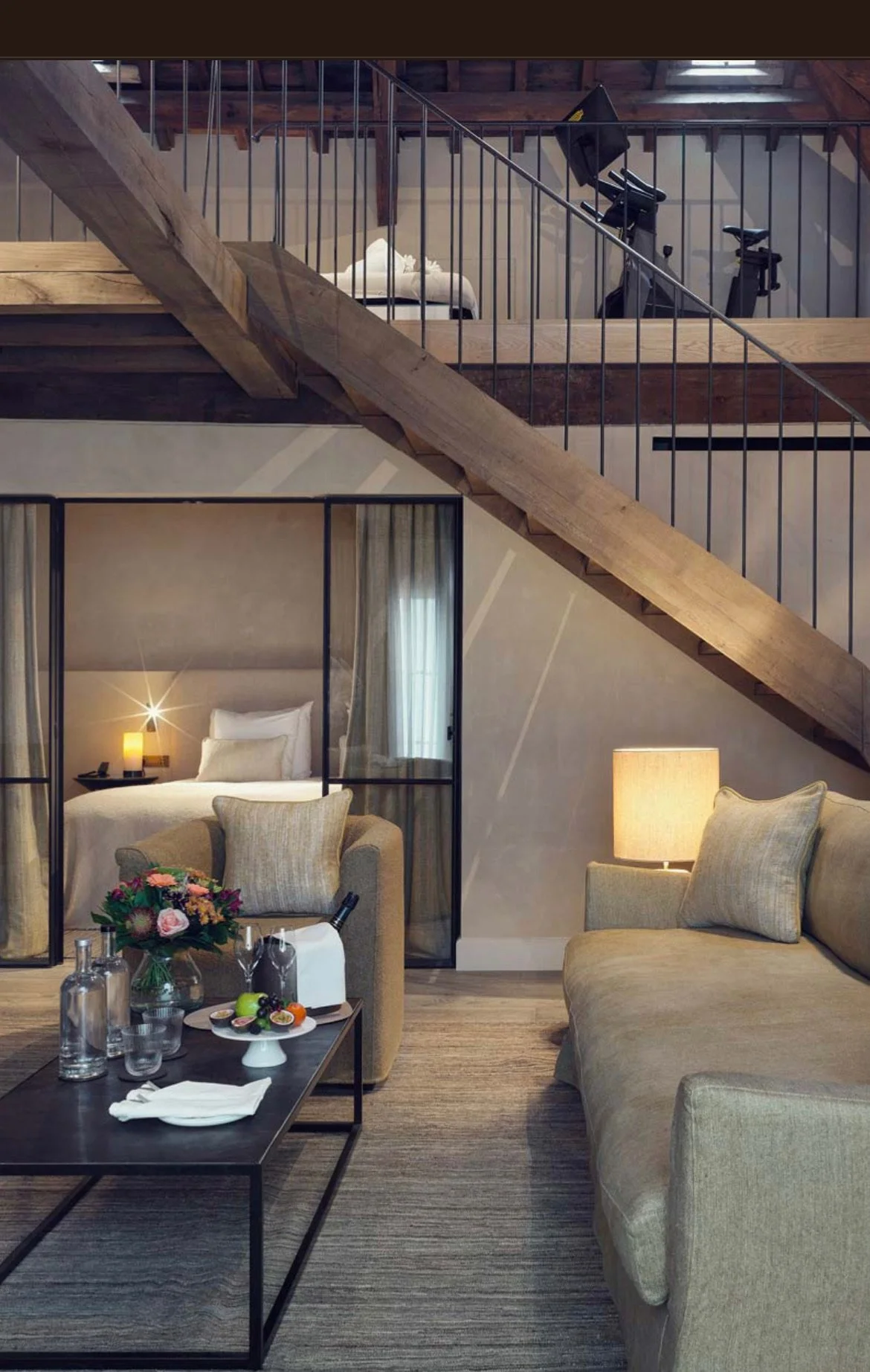Antwerp: A Design Destination
I have traveled to Antwerp often for trend shopping and have fallen in love with the quintessential charm of this European city.
Nestled along the Schledt River due north of Brussels, Antwerp came into its current place in fashion and design through being a hub for the diamond trade. The affluent market for this commodity fueled the growth of other luxury goods and fashion in the city. Along the way it also became a major center for printmaking, encouraging a thriving artist community.
And where fashion and art thrive, often interior design does as well. In the 19th century, Antwerp became known for its Art Nouveau interiors with designers like Victor Horta whose use of wrought iron, stained glass and decorative elements became a hallmark of the style. Over time the aesthetic of designers in the city leaned toward clean and functional, eventually becoming that iconic Nordic style we know today.
Due to that influence, the city is home to many high-end furniture and design shops that feature products from up and coming as well as world-renowned designers. The city also hosts events like the biannual Antwerp Design Days, which provide an opportunity for established and emerging designers to showcase their work to a wider audience.
In addition to the art and design outlets, Antwerp also has a number of small, boutique hotels with world-class design. Lately, I’ve noticed a lot of well-designed spaces are old-world religious institutions re-imagined, such as:
o The Four Seasons San Domenico Palace (insert my blog from LY Italy trip), a 14th century convent with a 21st century vision.
o The Milan Design week 2023 called Desacralized, exploring the notion of desacralization, by tweaking functionality from religious concepts.
o The Botanic Sanctuary, a Gothic infirmary, apothecary, and chapel built from the 13th century onward.
For this trip, I actually got the chance to stay at the Botanic Sanctuary. Here are the elements that stood out for me:
o Old world finishes used in both the common and private areas. Think plaster, brick, iron, organic metals, and slate.
o These finishes were paired with refined textiles, such as mohair carpet and furniture, linen drapes and pillows in various weights, and lightweight wool bedding.
o From the coffee to the turn down service treat, plenty of Antwerp’s famous chocolate was incorporated
o Greenery and a clean signature scent rounded out the experience of Botanic Sanctuary for all 5 senses.
o Despite being in a colder climate, they did a great job of creating multiple indoor/outdoor spaces including a botanical gardens with meandering paths and hidden sofas to relax, read or chat with your traveling companions, a conservatory in the main building for working, reading, or catching up and a solarium in the spa used for the indoor pool, steam rooms, dry and infrared saunas, and thermal waters.
There are many great reasons to stay in small, locally owned and well-designed hotels. But for me, there are three key things they provide as an interior designer:
Access to unique design elements: Luxury hotels often showcase unique design elements such as high-end materials, bespoke furniture, and one-of-a-kind artwork that can spark fresh ideas and concepts for interior designers.
Exposure to innovation: Luxury hotels often strive to set themselves apart by offering cutting-edge amenities and design features. This focus on innovation can inspire designers to think outside of the box and explore new approaches to interior design.
Observing the guest experience: Staying in a luxury hotel can provide designers with valuable insight into how guests interact with the space. Observing the guest experience can help designers better understand the functional needs of a space and how to create a design that prioritizes both form and function.
Antwerp is one of those places for me that always hits home, yet offers something new every time I visit. I can’t recommend it enough for anyone looking to have a well-designed travel experience.

